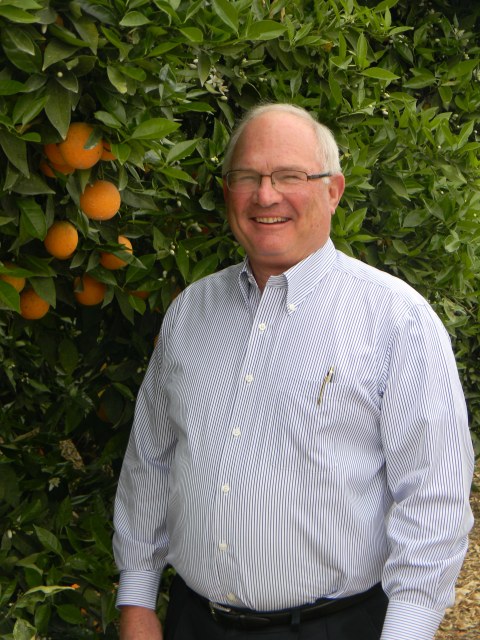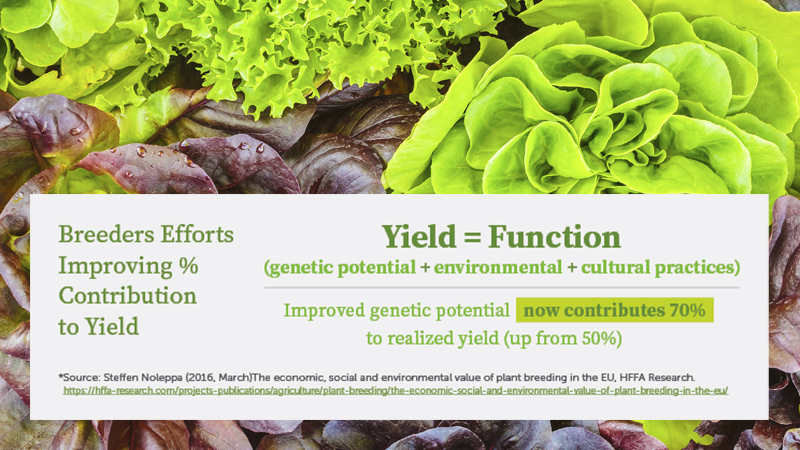California’s Citrus Growers Face More Challenges Than Huanglongbing

Joel Nelsen
As a kid growing up we all remember the arrival of Barnum & Bailey’s circus. The ads, the posters, the elephant parade, the voice in center ring announcing “The Greatest Show On Earth” in what was billed as a three-ring circus; all bring back wonderful memories. Add a few rings and you have a description of the 2014-15 California citrus season.
In ring No. 1, you had a zero allocation of water in February 2014. In ring No. 2, you had the battle against Asian citrus psyllid/Huanglongbing (ACP/HLB). In ring No. 3, you had the Chinese government shutting down exports, reaching a negotiated agreement and then delaying implementation. In ring No. 4, you had an explosion of regulatory costs associated with fees, permits and implementation of new rules. In ring No. 5, a plethora of customer-imposed costs associated with food safety and sustainability as they sought to enhance their caring position with the consumer. In ring No. 6, you had one of the warmest winter seasons which led to an explosion of pest pressures.
Drought And Exports Concerns
But there is a piling-on as we continued the season into late spring 2015. Back to ring No. 1 and another zero water allocation for 2015. Back to ring No. 3 and the Chinese shut down the majority of the navel orange exports, again. Find ring No. 7 and you see the port strike devastating export opportunities for the California citrus industry. In ring number eight the lack of surface water impacted fruit size. And, finally, in ring No. 9 there is the drought and all the impacts and costs associated with that. (Can you say $1,300 per acre-foot of water compared to $100-$150 two years ago?)
I’m not sure there is an arena big enough for these challenges and yet the citrus producers persevere — at least most of them.
Small Growers, Big Challenges
As we move through the summer of 2015, producers and packing houses are taking stock of the situation. They are determining what their future holds and if the future has a place for them. In June of this year California Citrus Mutual Board Chair Kevin Severns was asked to testify before the House of Representatives’ Small Business Committee as part of a panel with representatives from Florida and Texas. He was asked point blank: “Is there a future for the U.S. citrus industry and the small grower within?”
His answer was an unequivocal “yes,” but it is going to be a challenge and we will look somewhat different. “Small growers are tired of the expensive and intrusive nature of government,” Severns said. “Growers are farming with the latest technology using environmentally sensitive farming practices and continue to be challenged by those that live in cities and believe food originates from a store.”
Severns noted that one more year of drought or a significant HLB find would change the landscape significantly. There will be consolidation but the industry will survive and prosper.
Why do Kevin and others believe that? Because, by nature, they are optimists. Every year starts anew and you never know what Mother Nature is going to throw at you. You never know if it’s going to freeze like in 1990, 1998, and 2007. You never know if that tree is going to bear fruit. Citrus growers have the patience to address problems. It takes six years after planting to get a harvestable crop. It takes 15 years to really start making money, all things being equal. And now they know they have to be more aggressive in the arena called public policy.
Policies Make A Big Impact
The subjective implementation of the Endangered Species Act, the myriad of lawsuits challenging them to protect fish, bees, and habitat is not going away. The denigration of their farming practices and the attitude that those 1,000 miles away with a desk as their farm and a pencil as their plow know more will be challenged. (Apologies to the late President Eisenhower.)
Communications via the growers’ informational Citrus Strong program. A communication partnership with Bayer CropScience, Citrus Matters. A vibrant approach to issue management in Sacramento and Washington. Political action that will challenge incumbents that challenge the family farmer … these are the inputs growers focus on now. A beast has been poked and prodded too much. It is wide awake and it is optimistic about going forward.
The California citrus industry from Imperial County, Riverside, Ventura, Kern, Tulare, Fresno Madera, and Monterey are all united on one thing. Their future will be defined and driven by them. So while 2014-15 had its challenges and was more than a three-ring circus, it did bring clarity as to what the citrus producer has to do in order to sustain a vibrant future. Knowing that is knowing what steps need to be taken.










